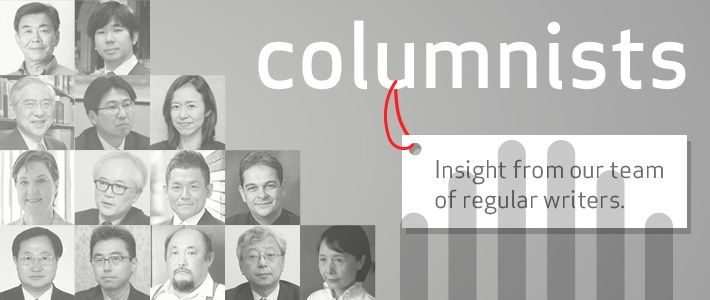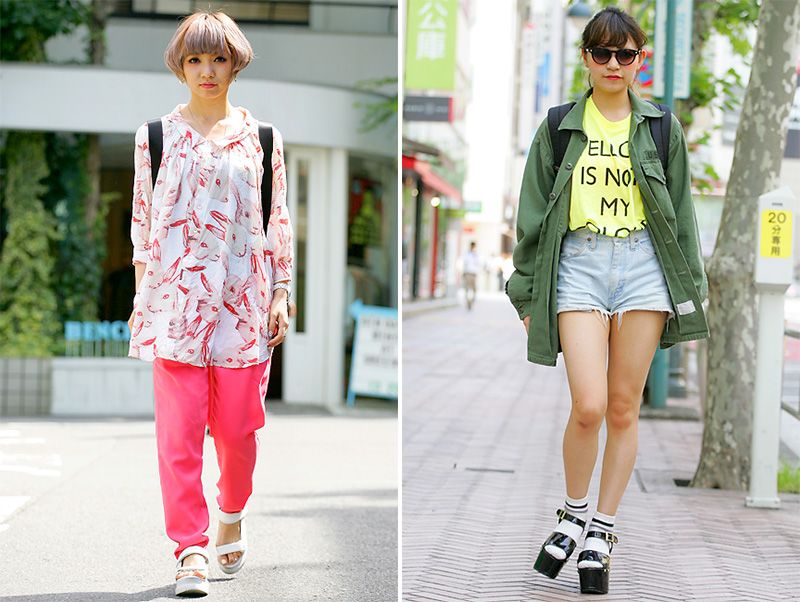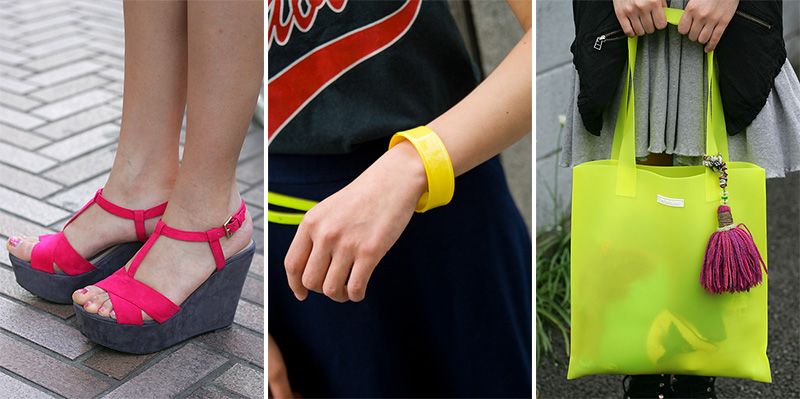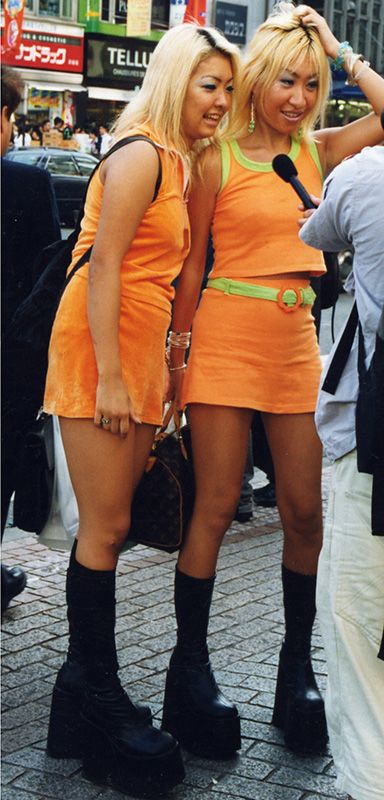
Neon Colors Light Up the Streets
Culture Lifestyle- English
- 日本語
- 简体字
- 繁體字
- Français
- Español
- العربية
- Русский
A Flood of Fluorescence
The trend in 2012 was for feminine fashions, with an emphasis on gentle colors such as sherbet or pastel shades. This changed in 2013—now, a stylish look incorporating neon pink, yellow, and green colors for hats, skirts, sneakers, or accessories is becoming increasingly popular. These colors are also being used for nail art and eye makeup. Vivid colors with a strong impact are completely changing the atmosphere out on the street.
 (c) Japan Fashion Association. All rights reserved.
(c) Japan Fashion Association. All rights reserved.
Neon colors first started to gain attention about two years ago. At first they were used for a few fashion items, such as colorful pants and accessories. Major brands Kenzo and Marni then introduced styles with neon colors in their 2012 spring/summer collections, unveiled in October 2011.
Neon colors got another boost from pop singers with a strong youth following, like Kyary Pamyu Pamyu and Nishino Kana. The colors took off among women who admired such pop idols as well as other young women keen for more feminine fashions. By the summer of 2013, this new look seems to have broken through to the mainstream.
 (c) Japan Fashion Association. All rights reserved.
(c) Japan Fashion Association. All rights reserved.
Neon Boom in 1990s Shibuya and Harajuku
 (Photo courtesy of Watanabe Asuka)
(Photo courtesy of Watanabe Asuka)
Neon colors are the luminescent colors of neon tubes—fluorescent colors that seem to shine like neon signs. Originally, the colors were often used for clothing that needed high visibility to identify the wearer or for safety, such as sportswear, work clothing, and children’s sports shoes. Neon colors have also frequently been used for fashions quite distinct from such functionality, such as the bright gyaru subculture of Shibuya and the individualistic youth of Harajuku of the mid-1990s.
The Shibuya gyaru subculture included young women known as ganguro gyaru, who liked the contrast of fluorescent orange dresses or tight clothes made from jersey cloth against their darkly suntanned skin. In Harajuku, young people who adopted the near-future, saibā (cyber) style and the ura-Harajuku streetwise style were also keen to include items with neon colors in their look, setting themselves apart from the fashions of other generations.
Cross-generational Fashion in 2013
Fashions are often thought to have a cycle of revival every 20 years. In the 2010s, 1990s fashions are now making a comeback, as can be seen in the resurgence of casual styles—such as the popularity of sports and work styles, combinations of t-shirts and jeans or short pants, and the widespread use of clothes made from jersey cloth. Also, both then and now, backs and stomachs are bared and clothes cut tight to the figure.
The resurgence of neon colors is certainly a Nineties revival, but there are differences. Unlike two decades ago, this season’s neon colors have spread beyond youths to children, working women, and homemakers.
Apparel outlets like Uniqlo and H&M garnered public support at the start of the 2000s, making new trends available to everyone, regardless of age, physique, or the size of their purse. Fashion was no longer the exclusive preserve of young people. In the same way, neon colors are no longer seen as fashion for just a few young people, but are becoming increasingly visible across all generations.
The word “neon” stems from the Latin neos, meaning “new.” And the name is appropriate because the current vogue for neon colors appears to reflect a new fashion trend that cuts across generations.
(Originally written in Japanese on August 14, 2013.)
street fashion Kenzo neon colors sherbet colors Kyary Pamyu Pamyu Marni Uniqlo H&M fast fashion